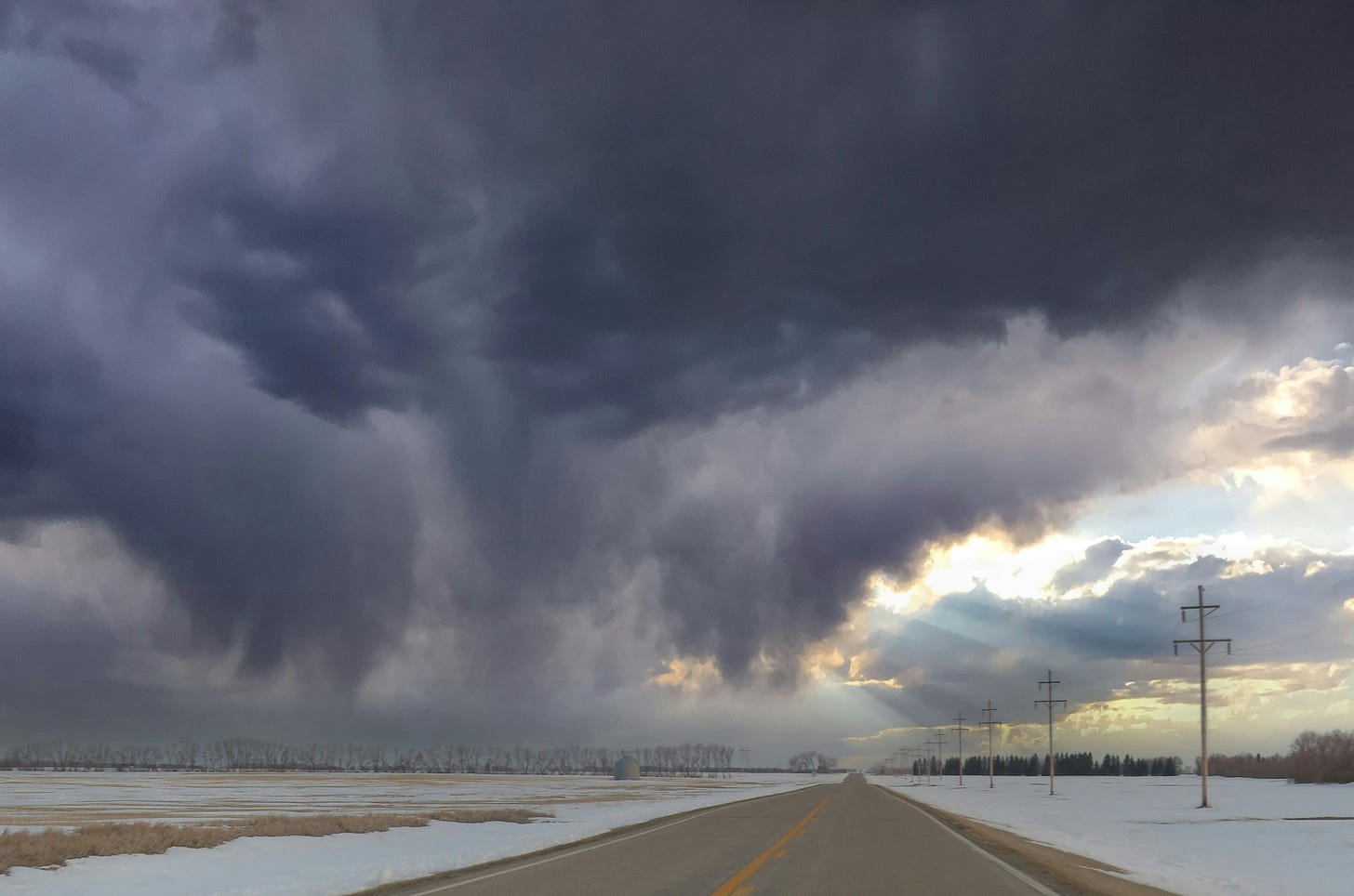Intersectionality Beyond Social Justice

Intersectionality is a basic tenet of any civil rights movement. It describes how the axes of privilege and oppression, or multiple axes of oppression, can shape our view of whichever social justice movements we are involved in. For example, the oppression that a woman of color faces on the basis of both her sex and her race/ethnicity.
Social justice, or what I’ll be referring to as social activism, aims to address social issues caused by how some people interact with others on the basis of an immutable characteristic. Thus, all social activists should acknowledge intersectionality in their respective movements, and should do their best in taking into account the life experiences of different people united under that one immutable characteristic.
For example, lesbian feminism. Gay liberation with a focus on women, or feminism with a focus on lesbians, or both. Both gay liberation activists and feminists should acknowledge the unique struggles of lesbian women due to them being oppressed on the axes of sexuality and sex, and take their experiences into account when fighting for liberation.
At the same time, gay liberation activists should focus on the liberation of all gay people, and feminism should focus on the liberation of all women. They can do this while taking intersectionality into account, but all civil rights movements have their own end goals. Again, an example: gay liberation should not become something that is specifically for a certain subset of gay people, because it fights for the liberation of every gay person from a heteronormative society.
Intersectionality is a topic which has circled the internet for years. However, one thing which I don’t think is addressed nearly as much as it should be is intersectionality and environmental activism.
When I say environmental activism, I don’t solely mean ecological activism, though human interaction with nature is definitely included on this list. I mean how humans interact with, and build, our environment. This includes urbanists, transit advocates, climate activists, and yes, ecological activists, as well as activists of other movements. For the purposes of this post, I will be focusing on the aforementioned four.
Intersectionality plays a key role in these movements, because the ways in which we interact with each other also influence how we interact with our environment. That is why these movements should make undoing social forms of oppression some of their key goals.
Urbanism? Racism has influenced cities for centuries. Certain ethnic groups were barred from renting or purchasing homes in specific areas and were increasingly pushed into their own neighborhoods. In the United States, many of these neighborhoods were intentionally demolished to make room for freeways, resulting in them still being divided to this day. Racism has played a role in things as mundane as tree planting, resulting in certain areas of New York City being hotter than others.
Transit advocates should become familiar with Caroline Criado Perez’s Invisible Women. The book, which explores data bias against women, touches quite a bit on sexism in transportation planning. For example, public transit networks are often designed in a radial orientation which favors commuters, who tend to be male, over women, who tend to travel between neighborhoods. This is also pertinent because women are less likely to own personal vehicles than men are.
For ecological preservation activists, they need to recognize how the exploitation of land goes hand in hand with colonialism. They should also be familiar with the indigenous pushback against this exploitation, particularly from indigenous women.
Climate activists need to be aware of how global warming impacts the island nations that dot the Pacific Ocean. Take Kiribati, a country comprised of atolls. The average elevation is six and a half feet, and due to the small size of the atolls, most people live on the water. It’s not hard to imagine the ramifications that even a slight rise in sea level could pose for Kiribati and other island nations, and if gone unchecked, this will most likely result in a humanitarian crisis.
Of course, these are examples of things that these movements should keep in mind. Transit advocates should also focus on racism in public transit planning, such as how BART skipped over a majority Black neighborhood in order to prioritize the white commuter.
Ecological and climate activists should be aware of the ways in which capitalism influences environmental destruction in the name of profit, and potentially how misogyny does as well, extending the male desire to exploit women into a desire to exploit Mother Earth. I think that this is something Greta Thunberg herself realized after being a climate activist for some time - that the destruction of our planet is inherently linked to capitalism.
The work that these activists are doing is amazing, don’t get me wrong. However, I think that the focus is all too often on fixing the problem the way that people who spearhead these movements see fit. They don’t always recognize how these problems impact people on the basis of sex, ethnicity, and other characteristics.
Awareness of this will be able to guide these activists in shaping a more equitable future for all of us. As I said before: the ways in which we interact with each other shape how we interact with the world around us.



